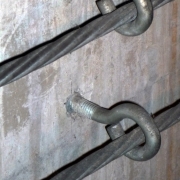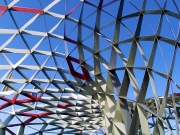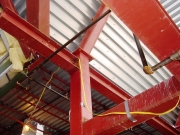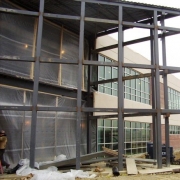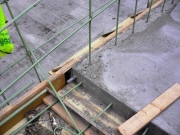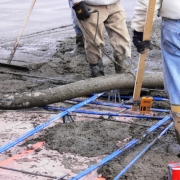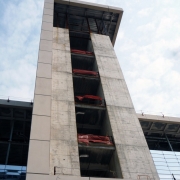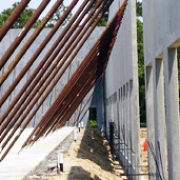Steel Decking
This topic includes information related to steel decking installed during construction. Steel decking is a fabricated, roll formed material which has a ribbed or corrugated profile. It is used in concrete forms, floor and roof assemblies. Assemblies are installed with screws, pneumatically driven pin or welds.



